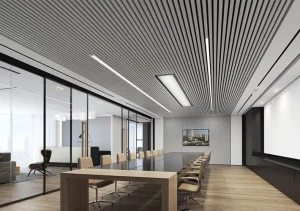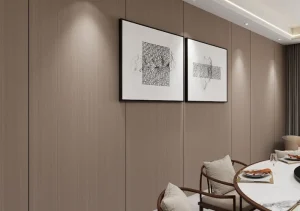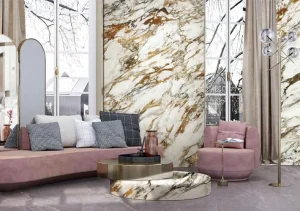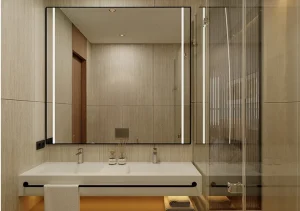Table of Contents
ToggleIntroduction
The hospitality industry is one of the most competitive markets in the world. For 4-star and 5-star hotels, offering exceptional service is only one side of the equation—equally important is creating a memorable interior design that leaves a lasting impression on guests. A hotel’s interior design is not only about aesthetics; it defines the atmosphere, reflects the brand identity, and significantly influences guest satisfaction and loyalty.
In this article, we will explore the top hotel interior design ideas for luxury hotels, covering everything from lobby concepts and guest room layouts to restaurants, spas, and sustainable design practices. Whether you are a hotel developer, designer, or manager, these ideas will inspire you to elevate your property to a world-class level.

Top 11 hotel interior design ideas for luxury hotels
1.Defining Luxury Through Design
Luxury hotels are not simply defined by their star rating—they are defined by the experience they offer. In 4-star and 5-star hotels, interior design must combine functionality, comfort, and visual appeal. Modern guests are looking for more than just a place to stay; they want an environment that feels immersive, sophisticated, and aligned with their lifestyle.
Key elements of luxury design include:
- Attention to detail: Every design decision, from lighting to fabrics, should feel intentional.
- Cultural inspiration: Design that reflects local culture enhances authenticity.
- Timelessness with modernity: Spaces should feel both contemporary and enduring.
- Guest-centric layouts: Designs must prioritize comfort and intuitive functionality.
2.Grand and Welcoming Hotel Lobbies
The lobby is often described as the “living room of the hotel”, and it sets the tone for the entire guest experience. In luxury hotels, the lobby should be designed as a statement piece.
Design Ideas for Lobbies
- High ceilings with dramatic lighting: Chandeliers, sculptural light fixtures, and natural skylights create grandeur.
- Art installations: Displaying local artwork adds sophistication and a cultural touch.
- Zoning the space: Design lobbies to include multiple areas such as a lounge, café corner, and concierge desk.
- Material palette: Marble flooring, polished wood, brass accents, and lush fabrics like velvet create a premium atmosphere.
- Technology integration: Touchless check-in kiosks and digital concierge systems improve functionality.
Example: The Four Seasons hotels often incorporate locally inspired art pieces in their lobbies, merging cultural storytelling with luxury aesthetics.
3.Guest Room Designs That Prioritize Comfort & Style
Guest rooms are where travelers spend most of their time, and in luxury hotels, they must feel like a private sanctuary.
Modern Guest Room Trends
- Minimalist elegance: Clean lines with luxury finishes like oak wood, marble, and high-quality linens.
- Smart rooms: Automated curtains, adjustable lighting, and voice-controlled assistants create convenience.
- Zoning within the room: Separate spaces for sleeping, working, and relaxing.
- Statement headboards and wall panels: WPC wall panels, bamboo veneer, or upholstered textures create focal points.
- Bathroom luxury: Freestanding bathtubs, rainfall showers, and vanity lighting provide spa-like comfort.
Key Considerations
- Use soundproofing materials like acoustic panels for privacy.
- Focus on ergonomic furniture to improve guest comfort.
- Provide flexible layouts for business and leisure travelers alike.
4.Luxurious Hotel Restaurants & Bars
Restaurants and bars in 4-star and 5-star hotels are not just dining venues—they are destinations in themselves.
Design Ideas for Restaurants & Bars
- Open kitchens and live cooking stations: Adds entertainment value.
- Cultural authenticity: Incorporate regional design elements to match the cuisine theme.
- Seating flexibility: Mix of private booths, communal tables, and bar seating.
- Mood lighting: Warm, adjustable lighting enhances the dining experience.
- Material sophistication: Use marble bars, wooden slats, metallic accents, and statement ceilings.
Example: The Ritz-Carlton often uses rich woods and bold lighting in its restaurants to create intimacy and elegance.
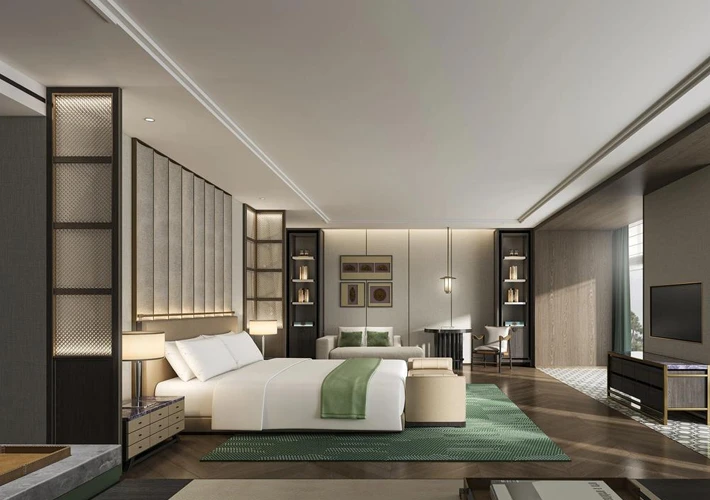
5.Spa & Wellness Areas
Wellness has become a priority for luxury travelers, and spa design plays a critical role in creating a serene experience.
Spa Design Essentials
- Natural materials: Stone, bamboo, and wood finishes enhance relaxation.
- Lighting design: Soft, indirect lighting promotes tranquility.
- Water features: Indoor pools, waterfalls, and fountains create a calming atmosphere.
- Private treatment rooms: Soundproofed and decorated with calming colors.
- Aromatherapy integration: Design air systems to diffuse natural essential oils.
Hotels like Aman Resorts are pioneers in spa-centric design, often integrating natural landscapes into interior spa layouts.
6.Meeting & Conference Spaces
For business travelers, meeting rooms and conference halls are essential. In 4-star and 5-star hotels, these spaces must be both functional and stylish.
Key Features
- Flexible layouts: Movable partitions and modular furniture.
- Cutting-edge technology: High-definition screens, digital projectors, and fast Wi-Fi.
- Acoustic design: Panels and soundproof materials for clear communication.
- Professional aesthetic: Neutral tones with wood, glass, and metallic finishes.
7.Integrating Local Culture & Identity
Luxury hotels must avoid feeling generic. Instead, they should embrace local identity, giving guests a sense of place.
Examples of Cultural Integration
- Regional artwork and textiles in rooms and common spaces.
- Architectural influences: Arches, columns, or patterns inspired by local history.
- Cuisine-focused interiors: Restaurant design reflecting local dining traditi
Case study: In Morocco, many 5-star hotels integrate traditional Moorish architecture with contemporary luxury finishes.
8.Sustainability in Luxury Hotel Design
Sustainability is no longer an option—it is an expectation among high-end travelers.
Eco-Friendly Design Practices
- Energy efficiency: Solar panels, LED lighting, and smart HVAC systems.
- Sustainable materials: WPC wall panels, bamboo veneer, recycled metals, and PVC marble sheets.
- Water conservation: Low-flow fixtures and rainwater harvesting.
- Indoor greenery: Living walls and biophilic design improve air quality and wellness.
Guests increasingly choose hotels that align with their values, and eco-luxury has become a strong differentiator in the market.
9.Smart Technology & Digital Integration
Digital transformation is reshaping hotel design. Smart technology enhances convenience and creates a futuristic appeal.
Applications in Hotel Design
- Contactless check-in via mobile apps.
- Smart lighting systems that adapt to guest preferences.
- Voice-activated rooms for entertainment and services.
- AI-powered concierge systems for personalized recommendations.
- Room management apps that let guests control everything from temperature to housekeeping.
10.Outdoor & Rooftop Spaces
Rooftops and outdoor areas are increasingly being transformed into luxury experiences.
Rooftop Design Trends
- Infinity pools with panoramic views.
- Sky bars with ambient lighting and music.
- Green terraces with vertical gardens and seating areas.
- Fire pits and lounge areas for social gatherings.
Outdoor spaces not only enhance the luxury experience but also generate additional revenue streams for the hotel.
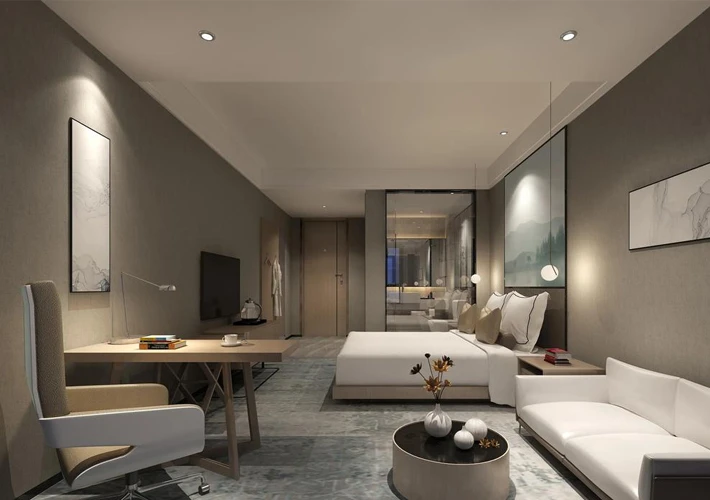
Case Studies of World-Class Hotel Designs
The Burj Al Arab (Dubai)
Known for its iconic sail-shaped architecture, the interiors feature gold accents, royal blues, and opulent chandeliers, creating an unmistakable identity.
The Aman Tokyo (Japan)
A minimalist approach inspired by Japanese traditions, incorporating natural wood, stone, and clean lines that reflect serene luxury.
The St. Regis New York (USA)
Classic European-inspired luxury with crystal chandeliers, marble flooring, and ornate moldings—timeless elegance at its peak.
Practical Tips for Hotel Investors & Developers
Hire experienced designers who specialize in luxury hotels.
Prioritize functionality as much as aesthetics—every design should serve the guest experience.
Balance budget with quality—invest in durable materials that maintain long-term value.
Plan for flexibility—design spaces that can adapt to evolving guest needs.
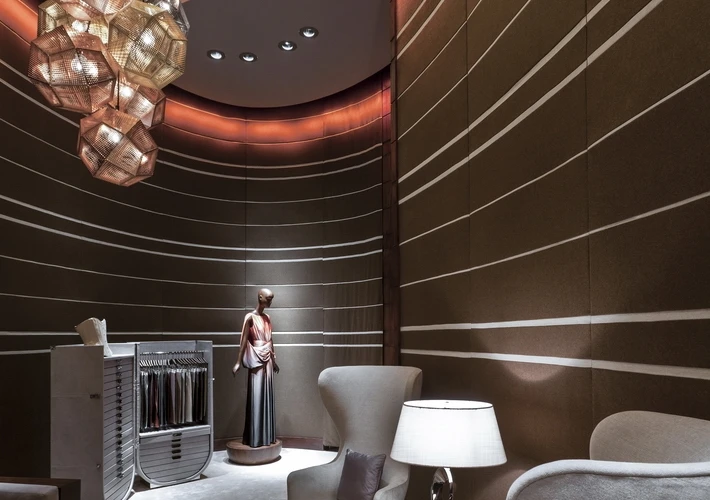
Conclusion
The interior design of 4-star and 5-star hotels is more than just decoration—it is the foundation of the guest experience and the soul of luxury hospitality. From grand lobbies and serene spas to cutting-edge technology and sustainable practices, every element should be carefully crafted to deliver comfort, identity, and lasting impressions.
For hotel owners and designers, staying updated with these top interior design ideas is crucial in building a brand that stands out in today’s competitive hospitality industry.
By combining luxury aesthetics, local culture, sustainability, and smart technology, your hotel can deliver the kind of unforgettable experience that keeps guests returning—and recommending your property to others.


